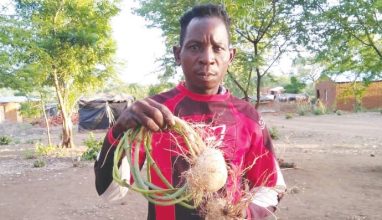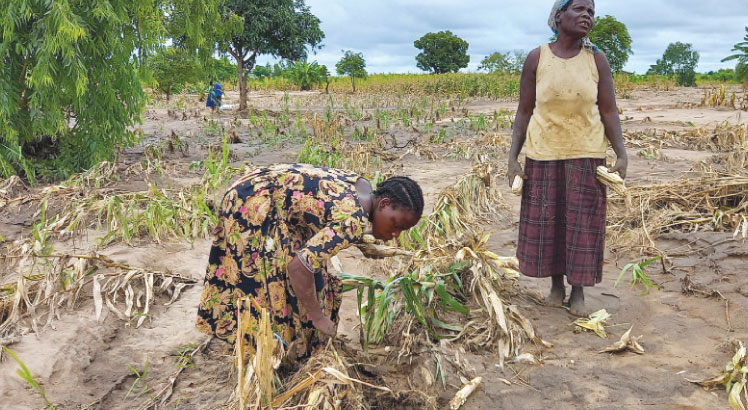New grain technology excites govt
The Ministry of Agriculture, Irrigation and Water Development has challenged innovators to come up with more technologies aimed at cutting post-harvest losses that currently stand at 25 percent.
Director of Crop Development in the ministry Godfrey Ching’oma say the ministry is ready to welcome any “simple, effective and low cost solutions” to help curb losses of grains and legumes.

Speaking on Monday in Lilongwe when he officially launched this year’s Purdue Improved Crop Storage (Pics) bags, a technology Feed the Future Malawi is promoting through its Agricultural Diversification (AgDiv) activity, Ching’oma said it was high time the country made the bags its default grain storage solution.
“We need such innovations if we are to achieve our dream of making Malawi food and nutrition secure. Farmers deserve a value of their produce and we can start by helping them with good storage.
“I therefore want to appeal to development partners who are helping in up-scaling this technology to ensure these bags are available not only to cities but in also remote areas where most farmers are,” he said.
Ching’oma explained that numerous government and private extension workers and some lead farmers have since been engaged in the pilot phase of the projects in Mchinji, Lilongwe Rural, Dedza, Ntcheu, Balaka, Mangochi, Machinga and Blantyre Rural.
Fenton Sands, USAid Feed the Future deputy team leader announced plans to make two million bags available on the market annually in the next few years, potentially reaching as many as one million farmers.
“If we combine efforts, I’m confident that we can change the face of agriculture in Malawi for the better and improved livelihoods of countless Malawians,” he said.
The ministry endorsed the use of Pics bags in 2015 through its Technology Clearing Committee as a proven technology that controls post-harvest insect pests without using chemical insecticides.
The USAid-funded AgDiv Activity is a five-year initiative to sustainably reduce poverty and hunger among the country’s smallholder farmers by building robust market linkages and improved agricultural productivity, among other things.





